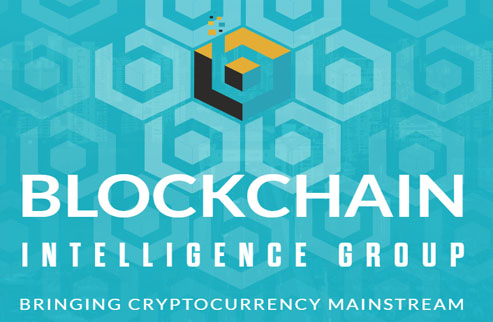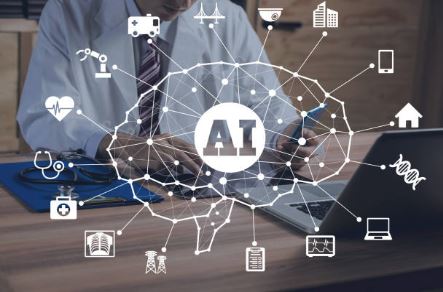Digitalization & the Evolution of Techniques Fueling Cybertheft

Since the dawn of computer systems, thieves & malicious individuals have searched for methods to steal highly important data & information for endless insidious purposes. The innovation of the internet & subsequent progressive digitalization of the planet has only widened the forms of attack on critical data that exists not only on our physical systems but is now linked to several accounts & also stored over the cloud and various virtual drives across the spectrum of the internet.
As hacking schemes & modes of cybertheft have evolved so has the software to defend against it. Multi-national companies & governments have come to the realization that paying a premium for relatively ironclad measures of cybersecurity amounts to far lesser than the cost of being held ransom or losing essential data which can have far reaching consequences for national security.
With the unforeseen circumstances caused by the pandemic, the past couple years have meant an overhaul of workflows for most professionals, who were or are still working on personal Wi-Fi or internet networks and in some cases on unprotected personal machines from the confines of their homes. This leaves millions of people susceptible to continuously developing scams, hacks & cybersecurity risks, a few of which we shall be discussing today.
Here are some of the most commonly used yet notorious techniques along with some novel ‘modus operandi’ (method of operation) being utilized for unauthorized digital break-ins in today’s day & age:
- Social Engineering – Hackers utilize the most vulnerable spot of entry within any organization. The employees & our human psychology itself. By researching particular individuals & understanding what makes him/her tick, hackers create scenarios through online interaction in which the person being targeted is baited into unsuspectingly following the instructions of the hacker. This can be in the form of providing login details or passwords, downloading specific files in order to fix a hypothetical system bug, or providing access to internal tools.
What follows is the unintentional installation of malware or viruses which lead to huge data breaches, the cost of which is usually more than the millions required to plug it.
The funny part is, a lot of these breaches occur w/o a trace of the attacker ever being found & by the time it’s identified, it is often far too late to reverse any possible damage.
- Ransomware – With modernization & emergence of newer technologies, it’s a well agreed upon fact that data is as valuable as currency. Keeping this in mind, hackers find ways to infiltrate data storage & through encryption essentially lock the files of an individual or multi-million-dollar companies. What follows is a simple demand from the hacker for a ransom or a transfer of a specified amount of funds to decrypt and regain access or a threat to publish extremely vital/sensitive consumer or company data.
Most companies would rather pay the ransom than be exposed publicly and lose the trust of high-paying clients as well as possibly seeing their stock price fall off a cliff.
With elaborate gateways & schemes, hackers have also begun demanding payments in cryptocurrencies like Bitcoin, Ethereum or Ripple to remain anonymous.
- Cryptojacking – With the revolutionary rise of cryptocurrencies riding the wave of blockchain technology, hackers across the world have figured out ways to harness the power & resources of our personal machines to effectively ‘mine’ cryptocurrency. Mining cryptocurrencies refers to the validation of highly complex blockhain transactions which result in rewards in the form of ‘coins’ or the specific cryptocurrency for which a transaction is being verified. Mining requires huge amounts of computing power combined with large electric costs to run these machines which is generally not viable for a smaller group of non-wealthy individuals. To gain such profits, hackers implant hidden software on unauthorized systems using various techniques, which then silently & secretly utilize required resources for crypto mining.
- Phishing – A tale as old as time itself, ‘phishing’ has been around since digital systems have existed. Consistently used by scammers around the world, it involves send a malicious software disguised as an email, text, phone calls, links to fraudulent websites, social media links amongst others. With their guards down, people end up clicking on these links which allows the malware to install itself on your system leading to loss of data, viruses deleting critical OS files, RAT(remote access trojan) malware allowing external control of your device and theft of personal information such as credit card and bank account information.
- Spear & Whale Phishing: When attacks are tailored for specific individuals using social engineering techniques, they can also be termed as spear-phishing (a regular employee) or whale-phishing (senior executives like the CFO, CEO etc.)
- Spear & Whale Phishing: When attacks are tailored for specific individuals using social engineering techniques, they can also be termed as spear-phishing (a regular employee) or whale-phishing (senior executives like the CFO, CEO etc.)
- IoT Attacks – The Internet of Things is highly valued technology which has come to the forefront over the past decade with advancements leading to the existence of several smart devices using sensors & software which are interconnected over the internet or a specific network. As each device is an individually addressable entity, gaining access to any one device allows hackers to access the connected framework of devices which can have potentially harmful outcomes for the owners. With the IoT itself being a nascently used technology, concerns over privacy & security have of course been raised regularly.
With millions of people purchasing smart devices such as phones, tablets & laptops clubbed with internet accessibility reaching the further corners of the world, cybersecurity is progressively making its way to the top of priority lists for most organizations. As hackers continually evolve & fine-tune infiltration techniques, cybersecurity measures must be updated regularly to safeguard & maintain data integrity.

CLICK HERE TO EXPLORE THE MARKETSANDMARKETS CYBERSECURITY CRYSTAL BALL EVENT!
REGISTER FOR THE VIRTUAL EVENT HERE!
Ayush Kanitkar
MarketsandMarkets
+91-8975985061









